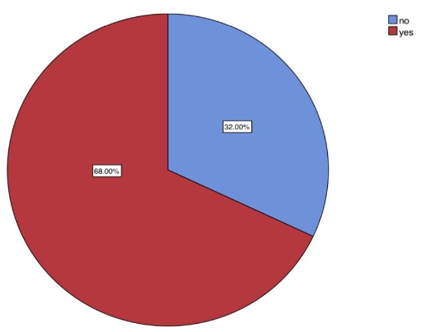Abstract
Dermatoglyphics is the scientific study of fingerprints, lines, mounts and shapes of hands, as distinct from the superficially similar pseudoscience of palmistry. Dermatoglyphics also refers to the making of naturally occurring ridges on specific body parts, namely palms, fingers, soles, and toes. These are areas where hair usually does not grow, and these ridges allow for increased leverage when picking up objects or walking barefoot. Learning new things and being an informative person have always been the goals of human beings, so coming to know about the human hand was also new information and created a great interest in individuals of various fields. Palms and soles of feet are covered with distinct classes of marks, So the study of fingerprints is called dermatoglyphics. Palmistry is called dermatoglyphics. The fingerprints patterns do not change throughout the lifetime. There are three types of significant fingerprints, Arches, loops, whorls. Dermatoglyphics is majorly used in an investigation. It also helps find a person’s uniqueness and helps in personalised education. The study aimed to assess the knowledge about dermatoglyphics among dental students. A questionnaire was designed online using google docs which consisted of 15 questions eliciting knowledge on dermatoglyphics. The study population included dental students. The responses were collected and statistically analysed. The results were partly biased, but on the whole, the dental students were aware of the basic details of dermatoglyphics. The survey concluded the dental students were partly aware, but at the end of the survey, they had got a clear idea about dermatoglyphics and its uses in different fields.
Full text article
Authors

This work is licensed under a Creative Commons Attribution-NonCommercial-NoDerivatives 4.0 International License.

